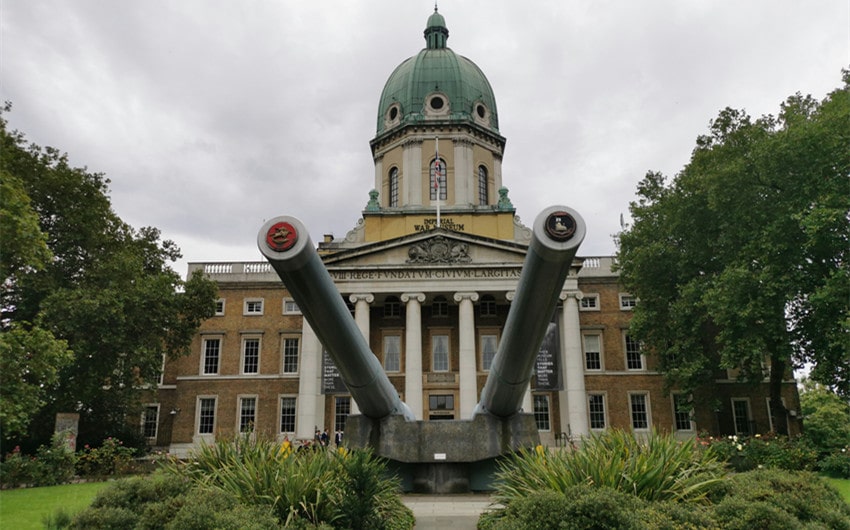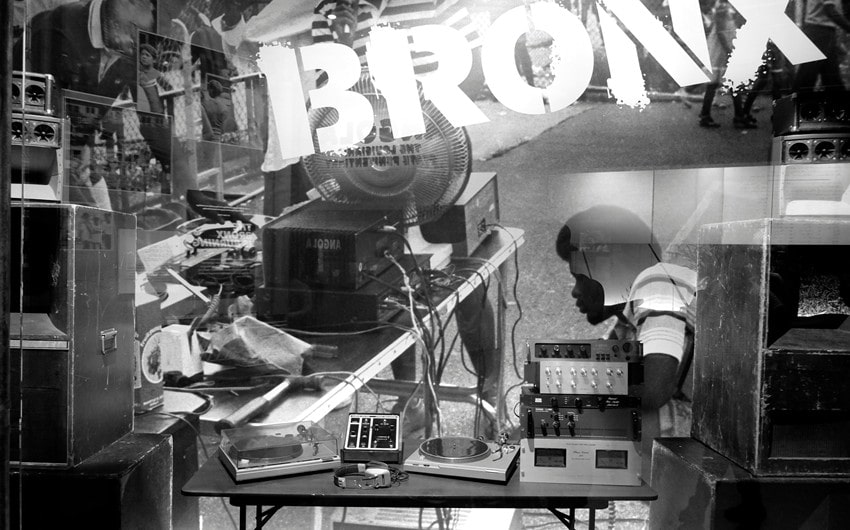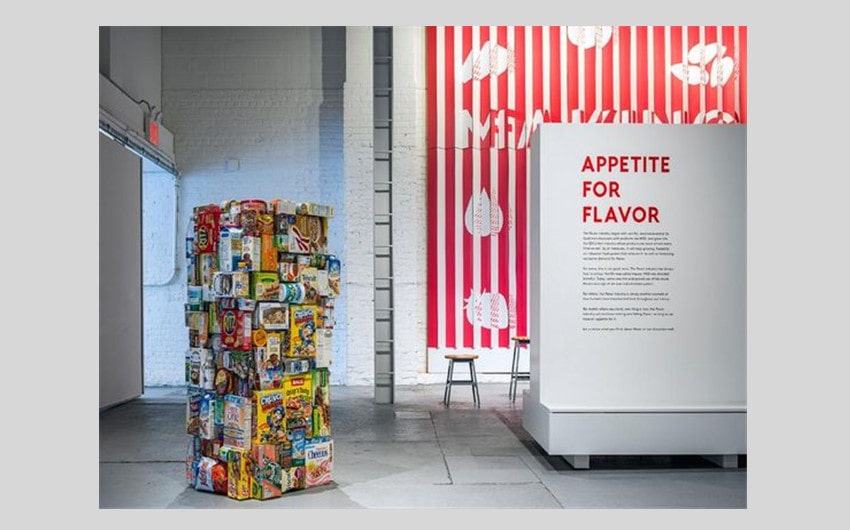Embark on a journey through time and creativity as we explore 15 diverse types of museums, each offering a unique window into the worlds of art, history, science, and beyond.
15 Different Types of Museums
1. Art Museums

Art museums are sanctuaries of creative expression, housing the works of artists across centuries and continents. They offer visitors a glimpse into the vast array of human creativity, from ancient sculptures and Renaissance paintings to contemporary installations.
Notable art museums like the Louvre in Paris not only showcase iconic pieces such as the Mona Lisa but also provide a chronological journey through the evolution of art styles and movements. Similarly, The Metropolitan Museum of Art in New York boasts over two million works, encapsulating the breadth of artistic achievement.
These institutions serve as cultural landmarks, offering educational programs, special exhibitions, and public events that engage the community and promote an appreciation for the arts.
2. History Museums

History museums are the custodians of our past, presenting a tangible link to the events, people, and cultures that have shaped our world. They range from broad national museums like the British Museum, which houses a collection spanning over two million years of history, to more focused institutions that recount the stories of specific events, communities, or industries.
The Smithsonian National Museum of American History, for instance, offers an in-depth look at American life, innovation, and identity through objects as varied as the original Star-Spangled Banner and Abraham Lincoln’s top hat. These museums often feature interactive exhibits and multimedia displays to bring history to life, making it accessible and engaging for all ages.
3. Science Museums

Image source: Pinterest
Science museums are dynamic spaces designed to make science accessible and exciting. They achieve this through hands-on exhibits, live demonstrations, and immersive planetarium shows that cover a wide range of topics from physics and chemistry to biology and astronomy.
The Deutsches Museum in Munich is one of the largest science and technology museums in the world, offering visitors the chance to explore everything from nanotechnology to space travel.
On the other side of the globe, the Exploratorium in San Francisco takes an interactive approach, encouraging visitors to engage with exhibits that make complex scientific concepts understandable and fun. These institutions play a crucial role in STEM education, sparking curiosity and inspiring the next generation of scientists and innovators.
4. Natural History Museums

Natural history museums offer a window into the natural world, from the depths of the oceans to the far reaches of the cosmos. They house extensive collections of specimens and artifacts, including dinosaur fossils, mineral crystals, and preserved wildlife, providing insights into the Earth’s biodiversity and geological history.
The American Museum of Natural History in New York is renowned for its impressive dinosaur skeletons and the Hayden Planetarium, which offers awe-inspiring journeys through the universe.
Across the Atlantic, the Natural History Museum in London is famous for its central hall, dominated by the towering skeleton of a blue whale, symbolizing the diversity and majesty of life on Earth. These museums not only educate the public about the natural sciences but also highlight the importance of conservation and our role in preserving the planet’s biodiversity.
5. Specialty Museums

Image source: Pinterest
Specialty museums focus on specific subjects, offering deep dives into niche interests or particular aspects of culture and society. This category encompasses a wide range of institutions, from toy museums and wax museums to those dedicated to espionage, like the International Spy Museum in Washington, D.C.
The Design Museum in London, for instance, celebrates design in every form, from architecture and fashion to graphic and product design, highlighting the role of design in everyday life.
These museums often feature unique collections that are not found elsewhere, providing enthusiasts and the general public alike with the opportunity to explore specific hobbies, interests, or industries in great detail. Specialty museums provide a platform for lesser-known narratives and specialized knowledge, enriching the cultural landscape with their focused collections and exhibitions.
6. Archaeological Museums

Image source: Pinterest
Archaeological museums serve as time machines, transporting visitors back to ancient civilizations through their collections of artifacts, ruins, and relics. These museums, like the Acropolis Museum in Athens, not only display items but also contextualize them within the societies they originated from, offering insights into daily life, religious practices, and architectural advancements of ancient peoples.
The Egyptian Museum in Cairo is another gem in this category, housing an extensive collection of Egyptian antiquities, including mummies, sarcophagi, and the treasure of Tutankhamun. These institutions play a pivotal role in preserving humanity’s collective memory and fostering a deeper understanding of our ancestors and their contributions to human history.
7. War and Military Museums

War and military museums are dedicated to preserving the artifacts, stories, and lessons of military conflicts throughout history. The Imperial War Museum in London covers conflicts involving Britain and the Commonwealth from the First World War to the present, offering a comprehensive look at the impact of war on society, culture, and individuals.
The National WWII Museum in New Orleans provides an immersive experience into America’s role in World War II, from the industrial efforts on the home front to the battlefields of Europe and the Pacific. These museums not only honor the sacrifices made by military personnel but also serve as reminders of the costs of war and the value of peace.
8. Maritime Museums

Maritime museums explore the relationship between humanity and the sea, chronicling the adventures, challenges, and advancements in naval exploration, trade, and warfare. The Vasa Museum in Stockholm is centered around the 17th-century Vasa ship, which tragically sank on its maiden voyage and was painstakingly recovered centuries later.
The Maritime Museum of San Diego boasts one of the finest collections of historic ships in the world, including the Star of India, the world’s oldest active sailing ship. These museums offer a fascinating glimpse into the lives of sailors, the evolution of shipbuilding technology, and the impact of maritime endeavors on global history.
9. Transport Museums

Transport museums document the evolution of transportation, from horse-drawn carriages and steam engines to modern automobiles and aircraft. The National Railway Museum in York houses an impressive collection of railway artifacts, including the iconic Mallard steam locomotive, the fastest steam engine in the world.
The Petersen Automotive Museum in Los Angeles celebrates the automobile’s role in shaping American life and culture, featuring an extensive array of vintage cars, concept vehicles, and automotive memorabilia. These museums highlight the ingenuity and innovation that have driven human mobility and the profound ways in which transportation has influenced societal development.
10. Cultural & Ethnographic Museums

Cultural and ethnographic museums are dedicated to the preservation and presentation of cultural heritage, showcasing the traditions, arts, and ways of life of different peoples and societies. The National Museum of African Art in Washington, D.C., provides a window into the richness of African cultures through its collection of traditional and contemporary African art.
The Museum of Anthropology in Vancouver focuses on the indigenous peoples of the Pacific Northwest, displaying an impressive array of totem poles, textiles, and carvings. These museums foster appreciation and understanding of cultural diversity, highlighting the commonalities and differences that define human societies.
11. Music Museums

Image source: Pinterest
Music museums celebrate the history and impact of music across genres and cultures, featuring instruments, scores, personal items of famous musicians, and multimedia exhibits. The Grammy Museum in Los Angeles offers an interactive exploration of the creative process of music-making, the history of the Grammy Awards, and the achievements of music legends.
The Musée de la Musique in Paris houses a collection of over 7,000 instruments, providing a historical overview of music from the 17th century to the present. These institutions underscore the universal language of music and its role in expressing human emotions and experiences.
12. Literary Museums

Image source: Pinterest
Literary museums are dedicated to the lives and works of authors, poets, and playwrights, offering insights into their creative worlds, the historical contexts of their works, and their literary legacies. The Writers’ Museum in Edinburgh honors the lives of Scottish literary figures such as Robert Burns, Sir Walter Scott, and Robert Louis Stevenson.
The Ernest Hemingway Home and Museum in Key West invites visitors into the world of Hemingway, providing a glimpse into his life, work, and the place that inspired some of his most famous writings. These museums connect visitors with the power of the written word and its ability to capture the human condition.
13. Fashion Museums

Image source: Pinterest
Fashion museums showcase the art of clothing design, from historical costumes to contemporary haute couture, highlighting the trends, designers, and cultural influences that have shaped fashion over time. The Fashion Institute of Technology Museum in New York presents rotating exhibitions that explore various facets of fashion, including its artistry, social impact, and innovation.
The Palais Galliera in Paris, the city’s fashion museum, holds an exquisite collection of French fashion items dating from the 18th century to the present. These institutions celebrate the creativity and craftsmanship of fashion designers and the role of fashion in expressing identity and societal values.
14. Food Museums

Image source: Pinterest
Food museums delve into the history, culture, and science of food and drink, offering a sensory exploration of culinary traditions from around the world. The Museum of Food and Drink in New York brings the world of food to life through interactive exhibits, tastings, and cooking demonstrations, highlighting the ways in which food shapes our lives and communities.
While the Currywurst Museum in Berlin (now closed) celebrated Germany’s popular street food, its spirit lives on in other food museums that explore the stories behind iconic dishes and ingredients. These museums provide a feast for the senses and offer a deeper appreciation for the culinary arts and their role in cultural heritage.
15. Virtual Museums
In the digital age, virtual museums offer a new way to experience art, history, and culture, providing access to collections and exhibits through the internet. The Google Art Project allows users to explore artworks from museums around the world, offering high-resolution images and virtual tours of museum galleries.
The Virtual Museum of Canada showcases Canadian heritage and stories through online exhibitions and virtual tours, making cultural content accessible to a global audience. These digital spaces break down geographical barriers, democratizing access to cultural treasures and expanding the possibilities for education and engagement in the arts.
Conclusion
The diversity of museums reflects the boundless curiosity and creativity of the human spirit. From the artistic to the scientific, the historical to the digital, each museum offers a unique lens through which we can explore the complexities of the world.
As we journey through these 15 types of museums, we embark on a voyage of discovery that enriches our minds and souls, reminding us of the shared narratives that connect us across time and space.







